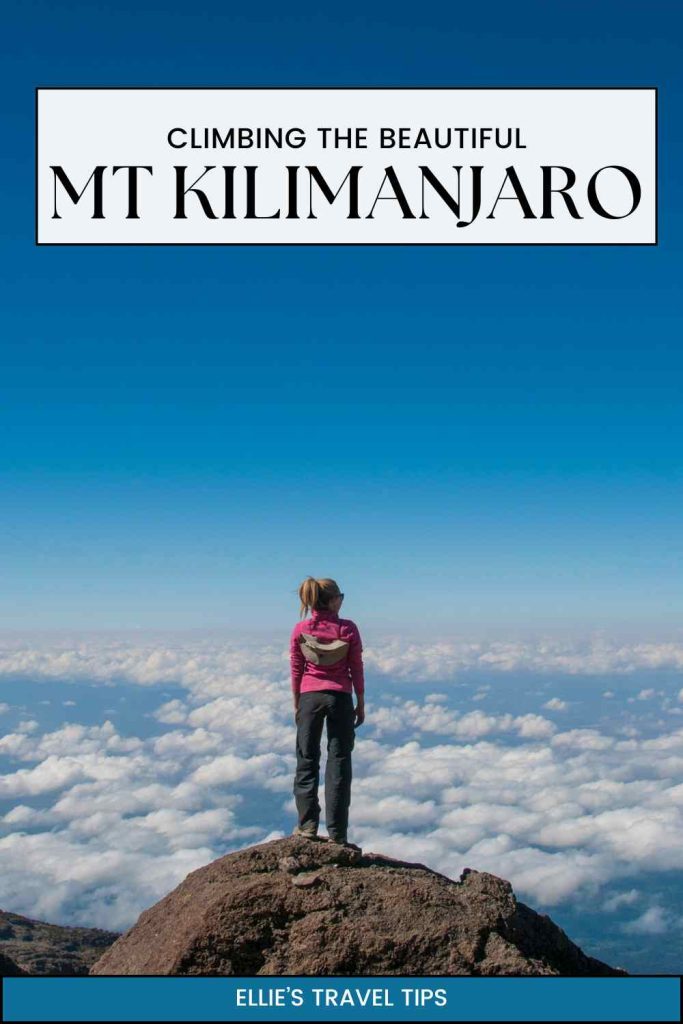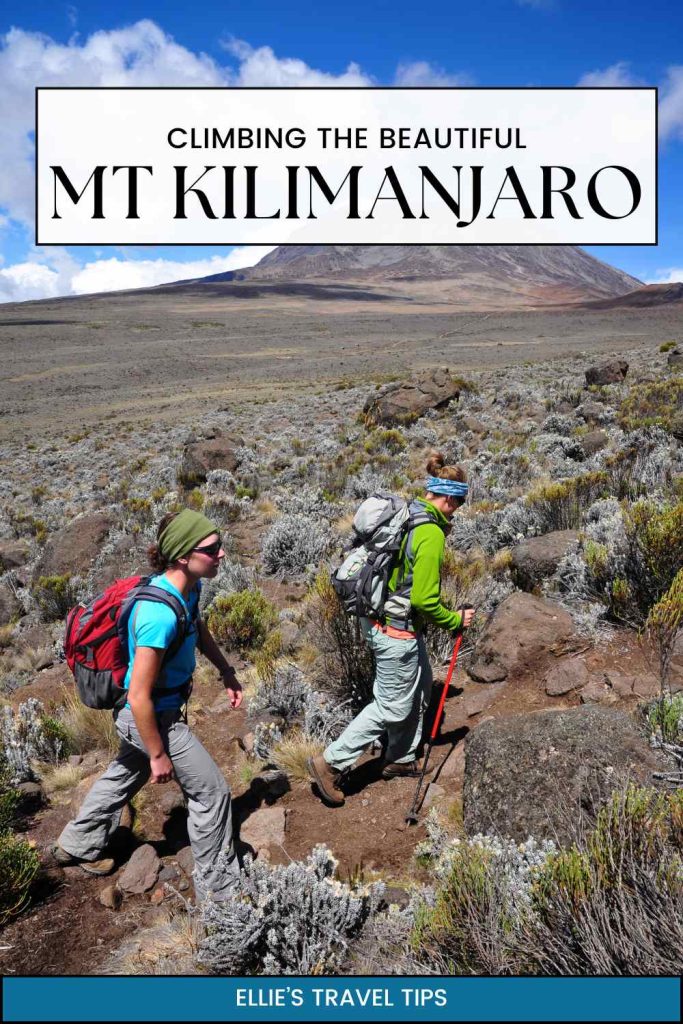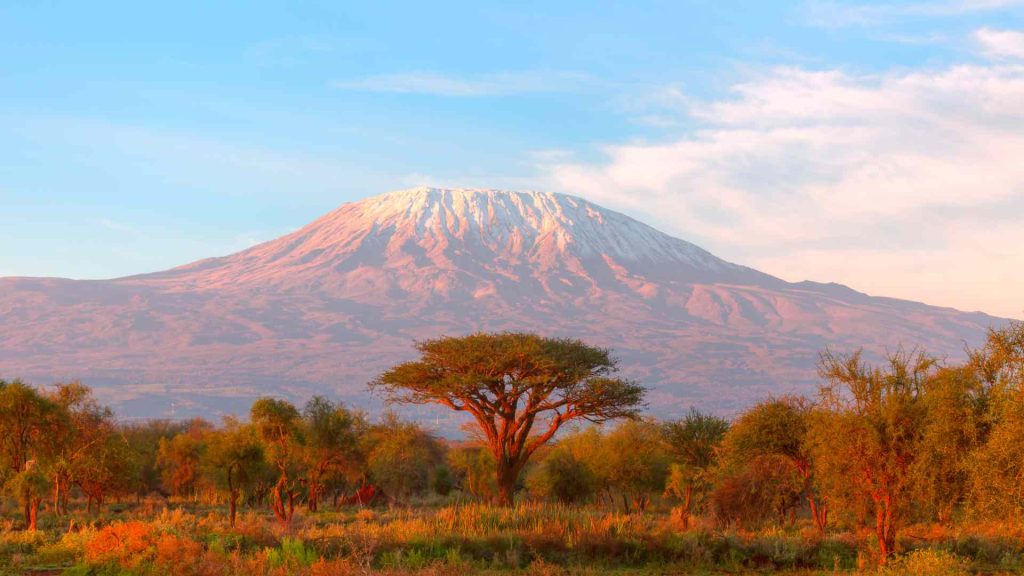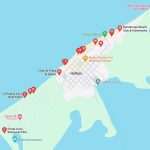Embark on a thrilling ascent to the summit of Mount Kilimanjaro, Africa’s tallest peak.
Towering at 19,341 feet, this majestic mountain offers adventurers breathtaking views and diverse ecosystems, from lush rainforests to arid alpine deserts.
Geographical and Cultural Significance of Kilimanjaro
Location and Landscape
- Mount Kilimanjaro is located in northeastern Tanzania, near the Kenyan border.
- It stands as the highest peak in Africa, standing at a whopping 5,895 meters (19,341 feet) above sea level!
- The mountain is a massive stratovolcano with three distinct volcanic cones: Kibo, Mawenzi, and Shira. Kibo, the highest, is dormant but could erupt again.
Cultural Heritage
- Spiritual Significance: For the local Chagga people and other indigenous groups, Kilimanjaro has long held spiritual significance, believed to be a home of the gods.
- Historical Impact: The mountain has been a prominent feature in local legends and a pivotal point for early colonial explorers and the development of the area.

Kilimanjaro in Tanzanian Tourism
- Economic Contribution: As a major tourist attraction, Kilimanjaro contributes significantly to Tanzania’s economy through tourism.
- Conservation Efforts: The area around Kilimanjaro is designated as a national park, which helps preserve its unique flora and fauna and supports sustainability initiatives.
- Global Attraction: Kilimanjaro attracts climbers and adventurers from around the world, fostering a global connection and cultural exchange.
Ecological Importance
- Biodiversity: The mountain’s distinct ecological zones range from lush rainforest to alpine desert, supporting diverse wildlife and plant species.
- Climate Indicator: As a sensitive ecological barometer, Kilimanjaro’s rapidly retreating glaciers have been studied in discussions on climate change.

Who To Book An Expedition With
Choosing the right tour operator for your Kilimanjaro climb is crucial for ensuring a safe, enjoyable, and successful summit attempt.
Altezza Travel stands out as a great choice for climbers due to its comprehensive offerings, exceptional safety record, and deep commitment to customer satisfaction.
Expertise and Reputation
- Industry Leader: Altezza Travel is highly regarded in the industry and consistently ranks as the number one Kilimanjaro company on TripAdvisor, while offering other amazing tours from African safaris to coffee farms!
- Experienced Guides: All guides are well-trained, certified professionals who have extensive knowledge of Mount Kilimanjaro and its routes. They regularly participate in professional development to enhance their skills.
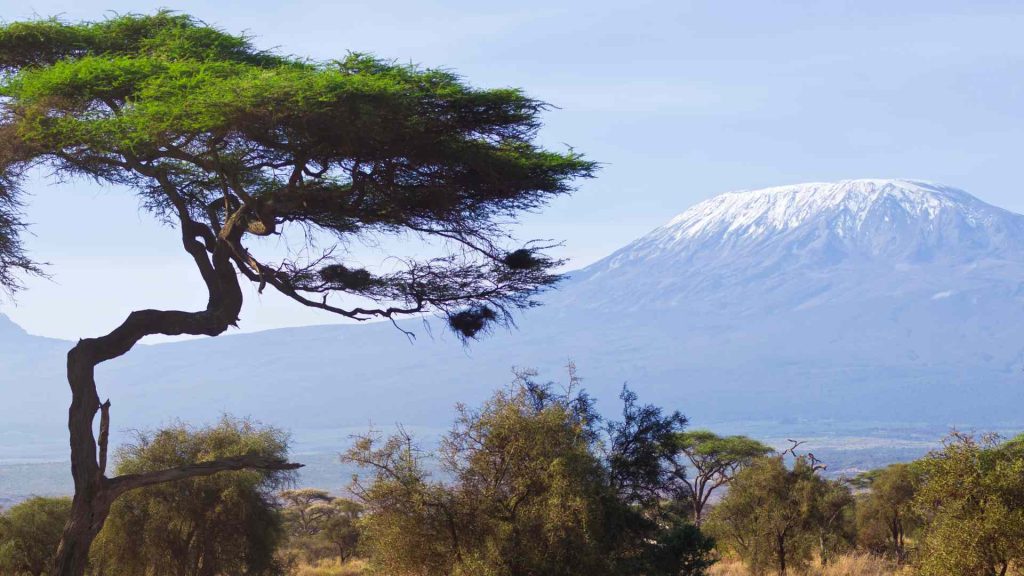
Safety and Comfort
- High Safety Standards: Safety is a paramount concern for Altezza Travel. They employ strict safety protocols and use high-quality equipment to ensure the well-being of all climbers.
- Comfortable Accommodations: Whether you choose a route with hut accommodations or camping, Altezza provides the best facilities to ensure comfort throughout your climb.
Customer-Centric Services
- Flexible Group Tours: Altezza organizes group tours every 2-3 days, making it easy to find a schedule that suits your travel plans.
- Personalized Services: They offer tailor-made adventures, adjusting itineraries according to individual preferences and fitness levels.
Positive Customer Feedback
- Testimonials: Numerous positive reviews on TripAdvisor and other travel platforms testify to the exceptional service and memorable experiences provided by Altezza Travel.
- Success Rate: Altezza boasts a high success rate for climbers reaching the summit, thanks in part to their thoughtful acclimatization processes and expert guidance.

Contribution to Local Community
- Local Employment: Altezza is committed to the local community, employing local staff and supporting local businesses.
- Conservation Efforts: A portion of their revenue goes towards conservation efforts and sustainable practices in the region.
Comprehensive Package Deals
- All-Inclusive Packages: Altezza offers packages that include airport transfers, accommodations before and after the climb, all park fees, meals during the trek, and guide services.
- No Hidden Costs: They are transparent about what their packages include, ensuring that climbers are not faced with unexpected expenses.
Beyond Kilimanjaro: Altezza Travel’s Diverse Tanzanian Adventures
- Extensive Offerings: Altezza Travel extends its expertise beyond Kilimanjaro expeditions in Tanzania. From the wildlife-rich African safari offerings to the pristine beaches of Zanzibar, Altezza helps travelers explore the country’s most enchanting destinations.
- Tailored Experiences: Altezza excels in creating personalized itineraries. Whether it’s engaging with local cultures, embarking on wildlife safaris, or relaxing on sandy beaches, they design experiences that cater specifically to the needs and desires of their clients.

Planning Your Trip to Kilimanjaro
Embarking on a journey to Mount Kilimanjaro requires careful planning to ensure a fulfilling and safe adventure.
From getting there to choosing the best time to visit, here’s our top traveling tips.
Getting to Kilimanjaro
- Arrival at Kilimanjaro International Airport (KIA): Located between Moshi and Arusha, KIA is the gateway for your adventure. Direct flights are available from Europe, the Middle East, and other African countries.
- Transport to Moshi or Arusha: Once you land, you can easily get to Moshi or Arusha by taxi, private transfer, or bus. These towns serve as the main bases for climbing expeditions.
What to Pack
- Clothing: Dressing in layers is key if you are looking to stay comfortable. Include moisture-wicking base layers, a warm fleece, and a waterproof outer layer when packing your clothes!
- Gear: Essential items include a sturdy pair of hiking boots, a sleeping bag suitable for sub-zero temperatures, a headlamp, and trekking poles.
- Health and Safety: Pack sun protection, first aid supplies, and any necessary medications. Consider bringing water purification tablets and altitude sickness medication as well.

Health and Fitness Preparations
- Physical Preparation: Begin training several months in advance. Focus on cardiovascular fitness, strength training, and long walks or hikes, preferably on inclined surfaces.
- Medical Check-Up: Visit your doctor to ensure you’re in good health for the climb and up-to-date on vaccinations.
Visa and Travel Insurance
- Visa Requirements: Most travelers will need a visa to enter Tanzania, which can be obtained on arrival or online prior to departure.
- Travel Insurance: Ensure that your travel insurance covers high-altitude trekking and possible medical evacuation.
This comprehensive guide should help you plan effectively for your Mount Kilimanjaro adventure, ensuring a memorable and safe experience.
With preparations out of the way, you can focus on the incredible journey ahead, where you will meet new challenges and create lasting memories.

What is the Best Time to Climb Kilimanjaro?
The best time to climb Mount Kilimanjaro generally depends on the weather and climatic conditions. The mountain has two primary climbing seasons:
- Dry Season (June to October): This is the most popular time to climb Kilimanjaro because it coincides with the dry season in Tanzania. During these months, there is less rainfall, which makes the climbing conditions more favorable. The weather is generally clear and cold, especially at night. This period also aligns with the summer vacation in many countries, which increases the number of climbers.
- Short Dry Season (January to March): This is the second-best time to climb. The weather is slightly warmer compared to June to October, and the routes are less crowded. This season offers a good balance of favorable weather conditions and fewer climbers. However, there is a slightly higher chance of encountering snow on the summit during these months.
Climbing outside these periods (April-May and November-December) often involves more challenging conditions due to the rainy seasons, which can result in muddy and slippery trails, and lower visibility due to clouds and mist.

Trekking Routes on Kilimanjaro
Mount Kilimanjaro offers several routes to the summit, each providing a unique experience.
Among them, the Marangu, Machame, and Lemosho routes are the most popular, catering to varying levels of difficulty and scenic preferences.
Marangu Route: The “Coca-Cola” Route
- Difficulty: Moderate
- Duration: 5-6 days
- Features:
- Accommodation: Only route with hut accommodations, which includes beds and basic amenities.
- Path: Considered the most straightforward path with a well-defined trail.
- Scenery: Features less varied scenery compared to other routes but includes beautiful rainforest sections and the Maundi Crater.
Machame Route: The “Whiskey” Route
- Difficulty: Challenging
- Duration: 6-7 days
- Features:
- Accommodation: Camping throughout, which allows for more flexibility in terms of pace and exploration.
- Path: More strenuous with steeper trails and longer distances but offers better acclimatization due to its “climb high, sleep low” profile.
- Scenery: Known for spectacular views and diverse landscapes, including the Shira Plateau, Barranco Wall, and Karanga Valley.
Lemosho Route: The Scenic Trail
- Difficulty: Moderate to Challenging
- Duration: 7-8 days
- Features:
- Accommodation: Camping.
- Path: Starts with a long drive to Londorossi Gate and initially a remote and less trodden path, merging with the Machame route after several days.
- Scenery: Offers the most picturesque vistas, with opportunities to see wildlife in the forest zone and stunning panoramic views as you approach from the west.
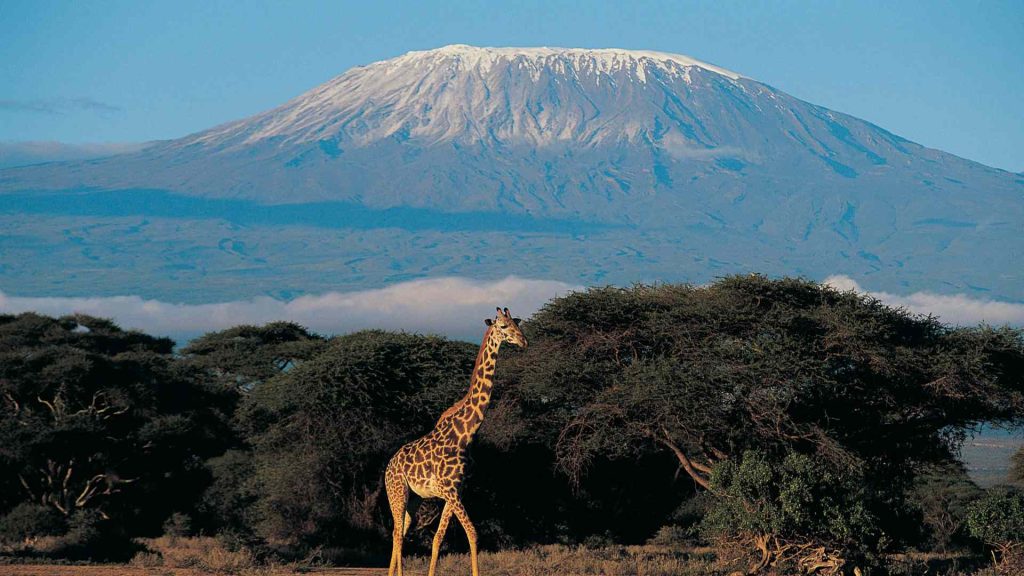
Choosing the Right Route
- Consider Your Fitness Level: The Machame and Lemosho routes are more demanding but offer better acclimatization options. Marangu, while easier, has a slightly higher failure rate due to faster ascent.
- Scenic Preferences: For diverse landscapes and stunning views, Machame and Lemosho are superior. Marangu is more gradual but less scenic.
- Duration and Budget: Longer routes like Lemosho can be more expensive due to additional days on the mountain but can offer a more fulfilling experience and higher success rates.
What to Expect on the Trail
- Daily Trekking: Expect 4-8 hours of hiking each day, with ‘pole pole’ (slowly, slowly) as the guiding principle to mitigate altitude sickness.
- Altitude Acclimatization: Each route includes strategies for acclimatization, such as climbing higher during the day and sleeping at lower altitudes.
- Guided Tours: All climbs are conducted under the guidance of certified and experienced guides, ensuring safety and enhancing the trekking experience.
Selecting the right route on Kilimanjaro is crucial for an enjoyable and successful summit attempt.
Consider your physical condition, preferences for scenery, and the unique characteristics of each route to choose the best path for your adventure.
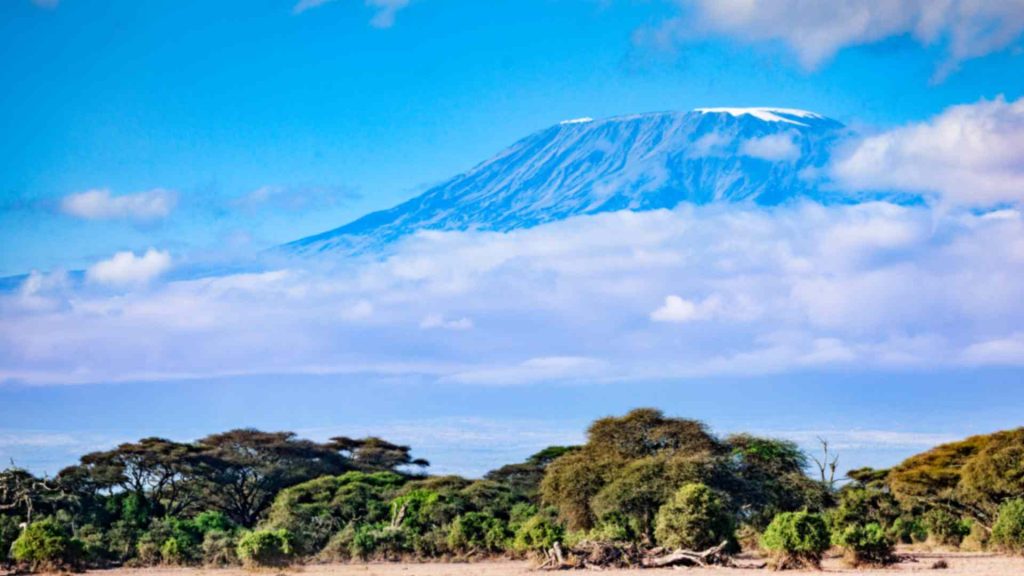
What to Expect During the Expedition
Climbing Mount Kilimanjaro is an unforgettable adventure, filled with both challenges and rewards.
Understanding what to expect each day helps climbers prepare mentally and physically for the journey ahead.
Here’s a detailed look at what typical expeditions involve, especially when booked through a reputable operator like Altezza Travel.
Daily Routine
- Morning: Wake-up call is typically around 6:30 AM with a warm beverage. After dressing and packing, breakfast is served, followed by a briefing on the day’s trek.
- Trekking: Departure from camp is usually by 8 AM. Morning treks last about 3-4 hours, with regular breaks for water and rest.
- Lunch: After reaching the lunch spot, there’s time to relax while meals are prepared. Post-lunch treks tend to be shorter, about 2-3 hours.
- Evening: Arrive at the next camp by mid to late afternoon. Rest, dine, and overnight in tents or huts, depending on the route.
Meals and Nutrition
- Breakfast: Usually includes porridge, fruit, eggs, and toast.
- Lunch: Often consists of a hot meal or packed lunch with sandwiches and snacks.
- Dinner: A substantial meal to restore energy, typically featuring soup, a main course, and dessert.
Safety and Health
- Guides and Porters: Experienced guides lead the way, supported by assistant guides and porters. The staff-to-climber ratio ensures personal attention and care.
- Health Checks: Daily health checks monitor climbers for altitude sickness symptoms. Guides are trained in first aid and emergency response.
- Communication: Groups are equipped with radios or satellite phones for emergency communications.

Camping and Accommodation
- Tents: High-quality, weather-resistant tents are provided for routes that require camping.
- Huts: Available on the Marangu route, offering basic beds and shared facilities.
Altitude Acclimatization
- “Climb High, Sleep Low”: This principle is incorporated into the trekking strategy to aid acclimatization.
- Rest Days: Scheduled strategically to help the body adjust to altitude changes.
Environmental Considerations
- Leave No Trace: Strict adherence to environmental guidelines helps preserve the natural beauty of Kilimanjaro.
- Waste Management: All trash is carried off the mountain to minimize the ecological impact.
Final Ascent to the Summit
- Night Climb: The summit push usually begins around midnight to reach Uhuru Peak at sunrise.
- Challenges: This part of the climb is the most demanding, both mentally and physically, due to steep inclines, altitude, and colder temperatures.
Descent and Return
- Rapid Descent: After reaching the summit, the descent is relatively rapid, taking 1-2 days to get back down.
- Celebration: Many groups celebrate their achievement at the final camp with a small ceremony where certificates are issued to those who reached the summit.
Preparing for a Kilimanjaro expedition involves understanding the daily challenges and rewards that come with high-altitude trekking.

Cost and What’s Included in Your Trek
Embarking on a journey to climb Mount Kilimanjaro is an investment in an unforgettable adventure.
Understanding the cost and what it covers is essential for climbers to plan their expedition efficiently.
Typical Cost Range
- Cost Per Person: Climbing Kilimanjaro generally costs between $2,000 to $2,300 per person. This price can vary based on the route selected, the season, and the level of comfort desired.
What’s Included in the Cost
- Park Fees: A significant portion of the cost goes towards conservation fees, which include the Kilimanjaro National Park entry fee, camping/hut fees, and rescue fees.
- Guide and Porter Wages: Fees cover the wages of certified, experienced guides and porters who are essential for the safety and success of the expedition.
- Accommodation: Depending on the route, accommodation could be in mountain huts or high-quality camping gear.
- Meals and Water: Three meals per day, prepared by skilled cooks, plus treated water.
- Transport: Round-trip transportation from Kilimanjaro International Airport to the starting point of the trek and return.
- Climbing Equipment: Includes communal climbing gear such as tents and cooking equipment. Personal gear rental (sleeping bags, trekking poles) may be available at an additional cost.
- Safety Equipment: Access to first aid supplies and emergency oxygen.
- Training and Preparations: Briefings and educational support to ensure climbers are well-prepared for the challenges of high-altitude trekking.
Additional Costs Not Included
- Tips: It is customary to tip guides, cooks, and porters at the end of the trek. Recommended tipping amounts vary but guidelines are typically provided by the tour operator.
- Personal Expenses: Items such as snacks, alcoholic beverages, and souvenirs are not included.
- Travel Insurance: Travel insurance, particularly that covering high-altitude trekking, is mandatory but not included in the package price.
- Visa Fees: Visa fees for entry into Tanzania are not covered.
Why the Cost is Justified
- Quality and Safety: The expense ensures that all aspects of the trek are managed professionally, prioritizing climber safety and environmental responsibility.
- Support Local Economy: A significant portion of the trek cost goes directly to local staff wages and park conservation efforts, supporting the local economy and ongoing maintenance of the park.
When booking your Kilimanjaro expedition, it’s crucial to understand what the cost covers to ensure there are no surprises.
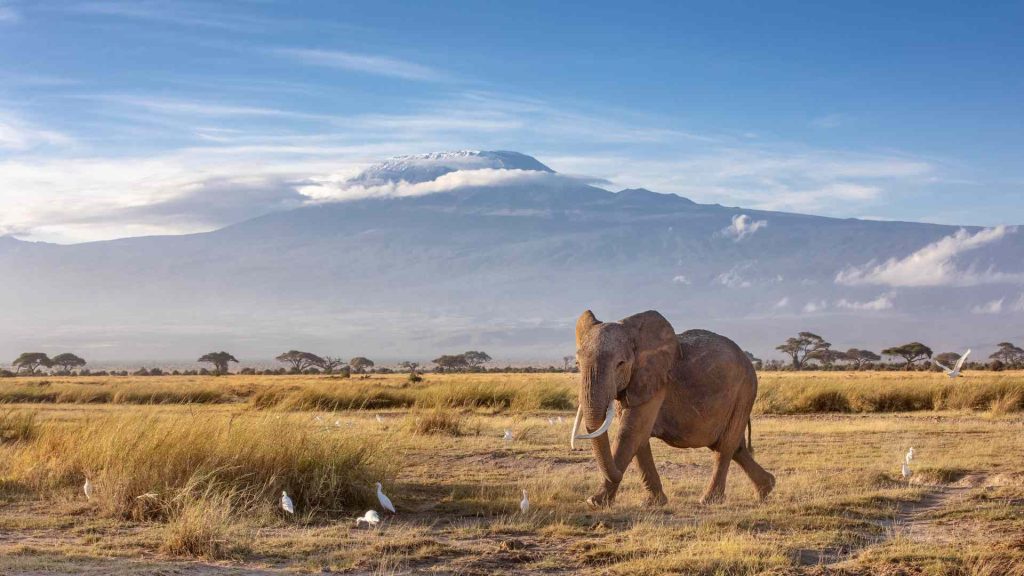
Booking Your Expedition
Once you’ve decided to climb Mount Kilimanjaro with Altezza Travel, the booking process is straightforward and designed to provide you with all the necessary information and support to prepare for your adventure.
Here’s a step-by-step guide on how to book your Kilimanjaro expedition with Altezza Travel.
Step 1: Choose Your Route and Date
- Select a Route: Decide which of the popular routes (Marangu, Machame, or Lemosho) suits your fitness level and preferences.
- Pick a Date: Check the schedule for group tours, which depart every 2-3 days, and select a date that fits your travel plans. Consider the best climbing seasons to maximize your experience.
Step 2: Contact Altezza Travel
- Inquiry: Reach out via their website, email, or phone. Provide your selected route and date, and any other preferences or requirements you might have.
- Consultation: An Altezza representative will discuss the details with you, answer any questions, and provide further information about the trek.
Step 3: Review and Customize Your Package
- Tailoring Your Experience: Altezza offers the flexibility to customize your trek according to your needs, whether it’s adjusting the number of days, upgrading accommodations, or adding extra services.
- Package Details: Review the comprehensive package, which includes everything from airport transfers and accommodations to park fees and meals on the trek.
Step 4: Confirmation and Payment
- Booking Confirmation: Once you agree to the itinerary and terms, Altezza will send you a booking confirmation.
- Deposit: A deposit is typically required to secure your spot, with the remainder of the payment due prior to the start of the expedition.
Step 5: Pre-Trip Preparations
- Pre-Trip Information: After booking, Altezza provides detailed pre-trip information, including gear lists, fitness preparation tips, and travel advice.
- Visa and Vaccinations: Make arrangements for your visa and any required vaccinations based on the latest travel advice for Tanzania.
Step 6: Arrival and Pre-Climb Briefing
- Arrival in Tanzania: Altezza arranges for your pickup from Kilimanjaro International Airport and transfer to your accommodation.
- Briefing: Before the climb, you’ll attend a comprehensive briefing where you’ll meet your guide, review your itinerary, check your gear, and discuss safety protocols.
Final Thoughts
Booking your Kilimanjaro climb with Altezza Travel ensures a well-organized, safe, and memorable adventure.
Their expertise and attention to detail allow you to focus on the experience rather than the logistics, making your journey to the Roof of Africa as enjoyable and successful as possible.
Get ready to embark on an extraordinary expedition that you’ll remember for a lifetime!
